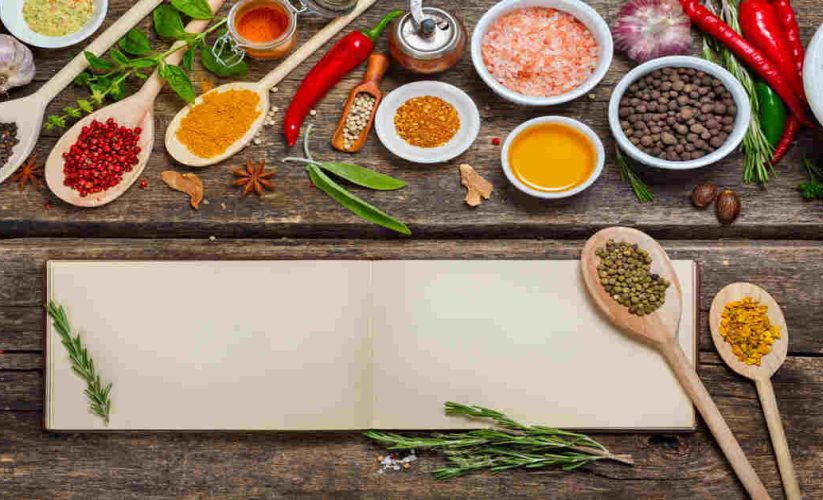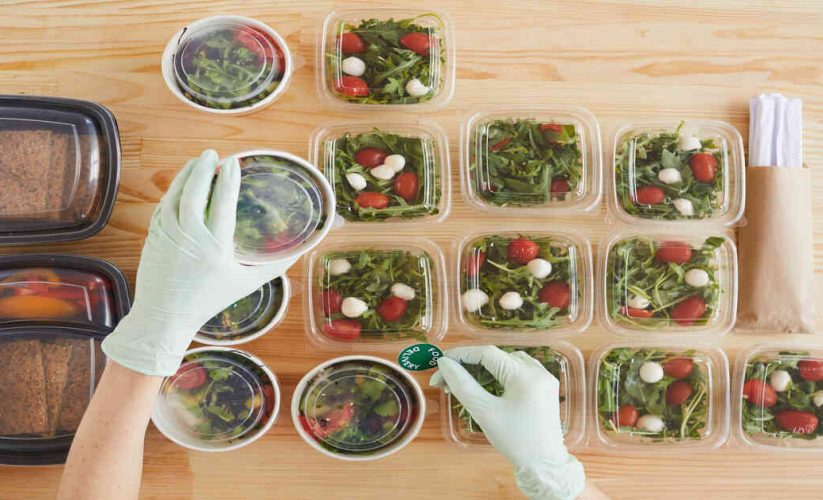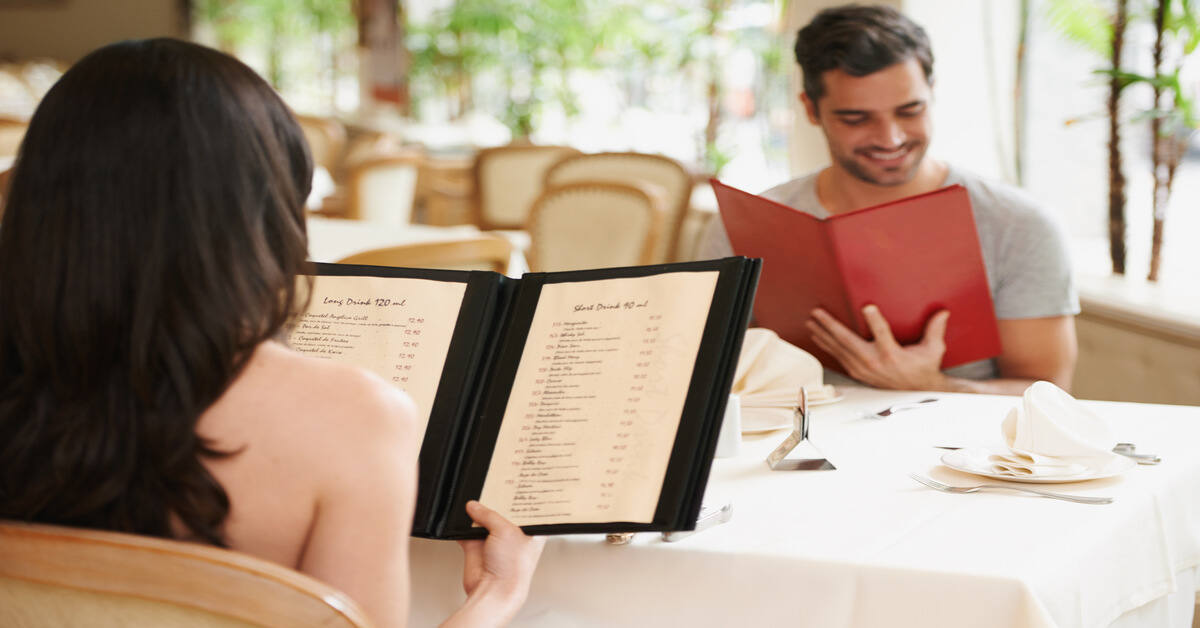
Herb and Spice Secrets: Elevate Your Cooking Confidence
Knowing how to be a great cook means knowing about flavor, and that is one of the secrets of being an average home cook. It is not the cost of herbs and spices that work magic, but the way you apply them. Even such simple but effective additions can turn into a powerful aroma, layers, and unforgettable the most simple dish.
Being able to know how to use herbs and spices confidently gives you the liberty to be creative in the kitchen, to make meals that are true to your personality and to your whims. This guide will give you the idea of what exactly is the difference between herbs and spices, how to combine them and how to make them complement each other.
Herbs vs. Spices: What’s the Difference?
Herbs and spices are terms that are used interchangeably, yet they are extracted at various locations of the plants.
- Herbs are leafy green components such as basil, parsley or mint.
- Spices are of roots, seeds, barks or fruits, such as cinnamon, cumin, or pepper.
Herbs are more likely to be refreshing and light whereas spices are warming and deep. They are used in a balanced manner when cooked together to bring balance to your dishes.
The Art of Layering Flavor
Cooking with spices and herbs is not about covering the flavors, but creating layers of them. Just imagine the way you paint, you have the foundation, the dark, and the highlights.
As an example, you can begin your soup with something aromatic (such as cumin or coriander), simmer (because it adds depth), and finish it with fresh herbs (such as cilantro or parsley) to give it brightness. Your food becomes more sophisticated and vivid, as a result of the difference between the cooked and the fresh spices and herbs.
Fresh vs. Dried: When to Use Each
Both fresh and dried herbs have their place in the kitchen, but they behave differently.
- Fresh herbs work best when added toward the end of cooking or used as a garnish. Heat can destroy their delicate flavors.
- Dried herbs are more concentrated and should be added early so their flavors have time to bloom.
A good rule of thumb: one tablespoon of fresh herbs equals about one teaspoon of dried.
Everyday Herbs to Know
If you’re new to cooking, start by getting comfortable with a few staple herbs.
- Basil: Sweet and aromatic; perfect for pasta, pizza, and tomato dishes.
- Parsley: Fresh and mild; ideal for garnishing or balancing strong flavors.
- Cilantro: Bright and citrusy; great for tacos, curries, and salads.
- Rosemary: Earthy and woodsy; pairs beautifully with roasted meats and potatoes.
- Thyme: Subtle and versatile; adds depth to soups, stews, and sauces.
Having a small collection of these herbs can instantly elevate your meals.
Essential Spices for Every Kitchen
A well-stocked spice rack doesn’t have to be overwhelming. Start with the basics:
- Black Pepper: Adds heat and enhances almost every savory dish.
- Cumin: Warm and nutty; great for stews, beans, and roasted veggies.
- Paprika: Sweet or smoky, depending on the type; adds color and flavor to meats and soups.
- Turmeric: Earthy and vibrant; used in curries and rice for both flavor and color.
- Cinnamon: Warm and sweet; essential for baking, oatmeal, and spiced drinks.
Once you’re comfortable with these, you can explore others like cardamom, nutmeg, or fennel to expand your flavor palette.
Pairing Herbs and Spices with Foods
Understanding which herbs and spices complement certain foods can help you cook intuitively:
- Chicken: Rosemary, thyme, garlic powder, paprika.
- Beef: Black pepper, cumin, bay leaves, oregano.
- Fish: Dill, parsley, lemon zest, coriander.
- Vegetables: Basil, thyme, turmeric, cumin.
- Pasta and sauces: Basil, oregano, red pepper flakes, garlic.
Experiment by starting small. You can always add more, but you can’t take it away.
How to Toast and Bloom Spices
A simple trick to maximize the flavor of spices is to toast or “bloom” them before cooking.
- Toasting: Heat whole spices (like cumin seeds or coriander) in a dry pan for 1–2 minutes until fragrant.
- Blooming: Warm ground spices briefly in oil or butter before adding other ingredients.
These techniques release natural oils and intensify aroma, giving your dish a deeper, richer flavor.
Avoiding Common Mistakes
Being a cook by himself, even an experienced one, one may go overboard with herbs and spices. These are some of the tricks of maintaining your flavors in check:
- Do not confuse an overabundance of spices, select two or three spices in a dish.
- Put in herbs in very little and add and take out.
- Keep them in air tight containers and store them in the dark to maintain their freshness.
- Change the dried spices after 6-12 months- old spices become ineffective.
Experiment and Trust Your Senses
Herbs and spices Cooking with spices and herbs is a science as well as an art. It has no rigid rules, only guidelines that assist in gaining confidence.
Start by tasting as you cook. See what a pinch of oregano does to your sauce or what cinnamon gives to your morning oatmeal. The more you try the more you will know which flavors your taste buds are pleased with.
The best weapons to master flavor are smell, taste and adjust.
Final Thoughts
The ingredients of fine cooking are herbs and spices. They transform ordinary and everyday ingredients into dishes that people will remember and assist you in getting imaginative in the kitchen.
Learning how to get them balanced: when to combine them, how to match them and letting them shine will earn you the confidence to be a seasoned cook.Therefore, go to your spice cupboard, take a bunch of spices, and begin to experiment. As soon as you learn how to do it the way of flavor, you will never view any cooking in the same light again.





